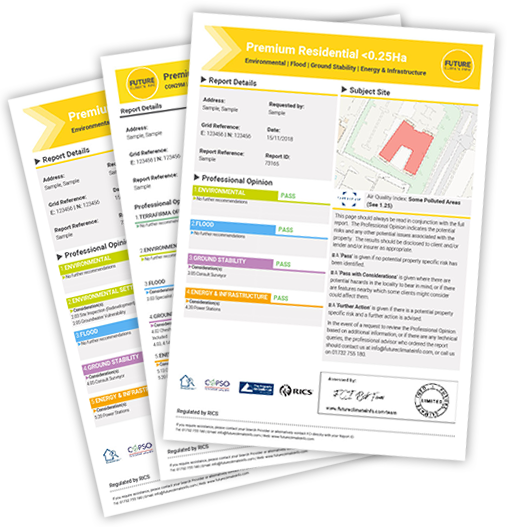
A Digital Planning System – How Will it Impact Conveyancing?
Having been delayed from last year, the new Planning Bill is due to go before parliament this spring and is set to overhaul the entire planning system for the first time since 1947. The new plans will bring about significant changes, aiming to make the process more accessible and bring it into the modern age.
Under the current planning legislation, it can take around five years for a standard residential housing development to go through the planning process, delaying the delivery of much-needed housing for the country. The Government’s reforms to the planning system, proposed in its ‘Planning for the Future’ paper of 2020 aim to significantly reduce this timeframe, by cutting the red tape, creating a more streamlined planning process, and helping to speed up the rate of property development in England.
Among the proposals to help achieve this are plans to improve the digital infrastructure of the planning system, heralding a shift from a document-based approach to a digital one. But will these new reforms benefit homebuyers, and what impact will they have on the conveyancing process?
Digital Innovation
The new proposals will see a shift from lengthy, static planning documents and traditional paper-based consultations involving signs on lampposts to a modern, digital approach. The overall aim being to increase the speed and improve the quality of planning approval decisions.
With intelligent data, interactive maps and resources, a new digital planning system could bring real benefits in terms of engagement with the planning process. This would facilitate greater accessibility for interested parties to review the plans and understand how they could affect them, helping them to better envision proposed changes to a local area.
By making the process more accessible, interactive, and engaging, this will enable developers to reach and connect with more people. This, in turn will enable developers to craft and inform proposed changes to developments to ensure they tackle the concerns and can better meet the needs of the local community.
What Could this Mean for Conveyancers and for Homebuyers?
Alongside ordering an environmental search as part of the conveyancing due diligence process, many conveyancers are also opting to include a planning search within the standard suite of searches which they provide to clients. Helping to deliver the best advice and a thorough due diligence service.
Planning search reports deliver insight into the changes to the local area and community in which people are planning to live, presenting the planning and development activity which is proposed or currently taking place, and that which has occurred over the past 10 years.
By helping clients to understand the upcoming changes to the area surrounding their future home, this can help to ensure that their investment delivers upon expectations.
A planning report will include details of developments and applications, extensions and small new builds, change of use, lawful development certificates, and telecoms installations in the area of interest surrounding the property. It will also highlight possible planning and development constraints and major developments which may impact upon the homebuyer’s quiet enjoyment, plans and the potential future value of their property.
Should a homebuyer wish to discover more about a particular development or planning proposal near to their new home after identifying it within their planning search report, the shift to a digital planning and consultation process will greatly benefit them in terms of the search for relevant information surrounding the proposed development. It also presents an opportunity for them to effectively engage with the process and to help shape the proposals.
This in turn will benefit developers in terms of ensuring a development and any new facilities can deliver what matters and is required by both the existing community and those moving to the area. Facilitating more effective engagement through a digital consultation process can help to ensure that local development will make our towns and cities a better place for everyone.
Planning Searches
For relevance and improved usability, FCI’s planning searches use a dynamic search radius, dependent upon the location of the property, to help ensure that only those developments which are of relevance to the property are captured, thus allowing a manageable representation of planning applications for review by the homebuyer.
Using a unique feature called FCICapture, FCI planning searches also seek to identify and proactively flag planning applications which, although recorded by the Local Planning Authority (LPA) as being outside of the search radius, on the ground have the potential to encroach within influencing distance of the property. This is particularly pertinent in the context of larger developments. These applications are then clearly highlighted within the report for further consideration and review as necessary by the purchaser.
To find out more about FCI planning searches; FCI Planning and Premium Plus Planning which combines an assessment of the core environmental risks with an intuitive planning search, please visit: www.futureclimateinfo.com/planning.
For more information, contact us on 01732 755 180 or email FCI-admin@dyedurham.com
Try before you buy
To take advantage of a trial free order of your first environmental report, please complete the enquiry form and we will get back to you as soon as possible. We will need to take more details of the property or site and ask some more questions about your firm and the transaction.

